I am using two DC motors rated at 36V and maximum current draw of 5A. To reduce the number of motor-controllers, I am planning to connect them in parallel.
The two motors are required to run at the same speed, so wiring them in parallel will ensure same PWM signal to both these motors.
Both the motors are unidirectional.
- Both the motors are identical (electrical rating, manufacturer, load).
- Also, they need not rotate at exactly the same speed, there can be slight variation (15%).
- The motors will be driven in an open-loop, there is no feedback.
The motors will be connected to brushes.
My concern is:
- What happens if one of the motor stalls? Theoretically, this should not affect the other motor as they are in parallel and the UN-stalled motor will receive the required voltage and also assuming that the batteries are able to supply sufficient current.
- What happens if one of the motors produces back EMF?
- Is it possible for a stalled motor to produce back EMF?
- Should I be using a circuit-breaker/PTC fuse/fast-acting fuse in series with the motors?
